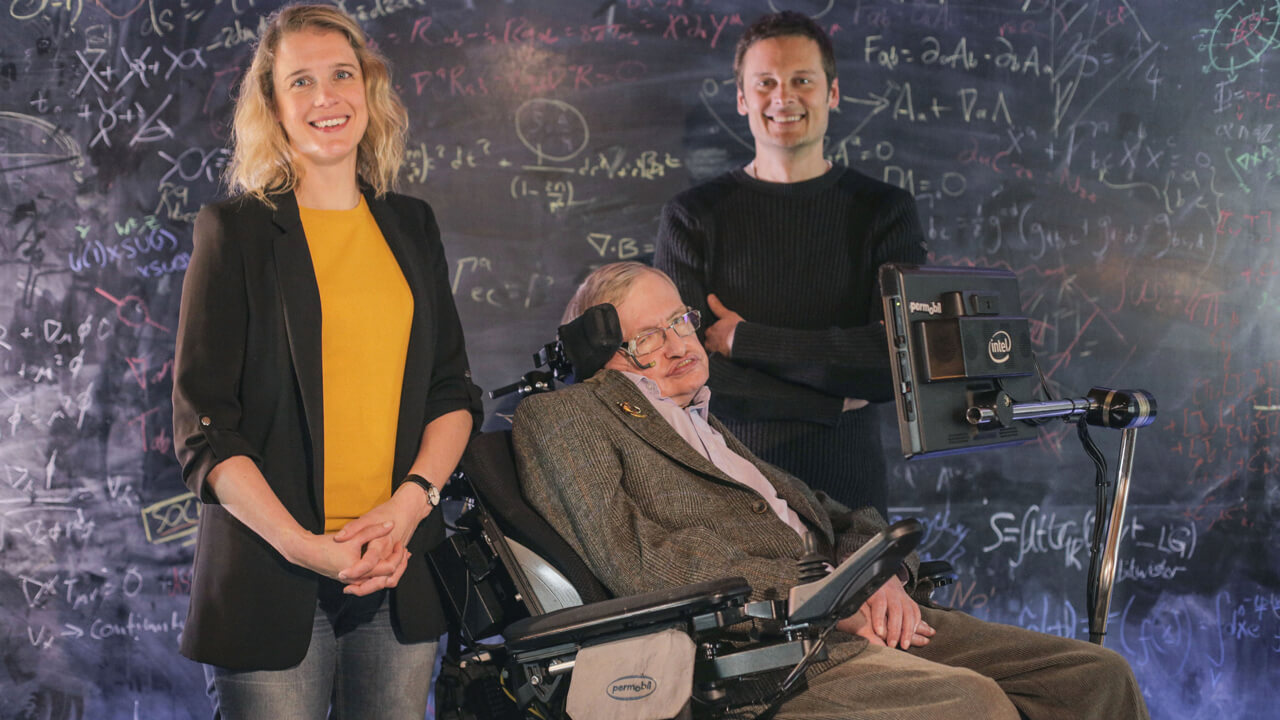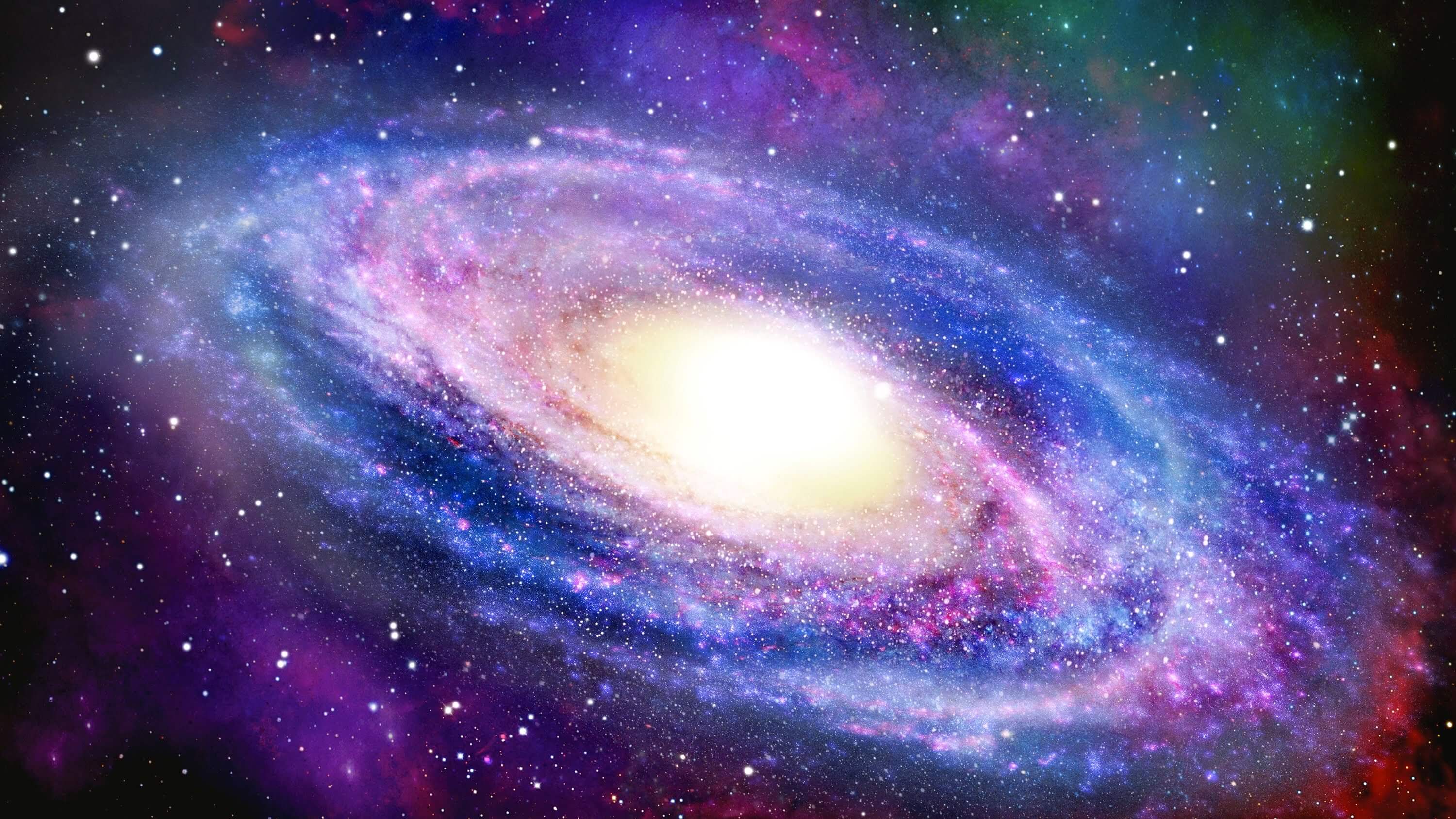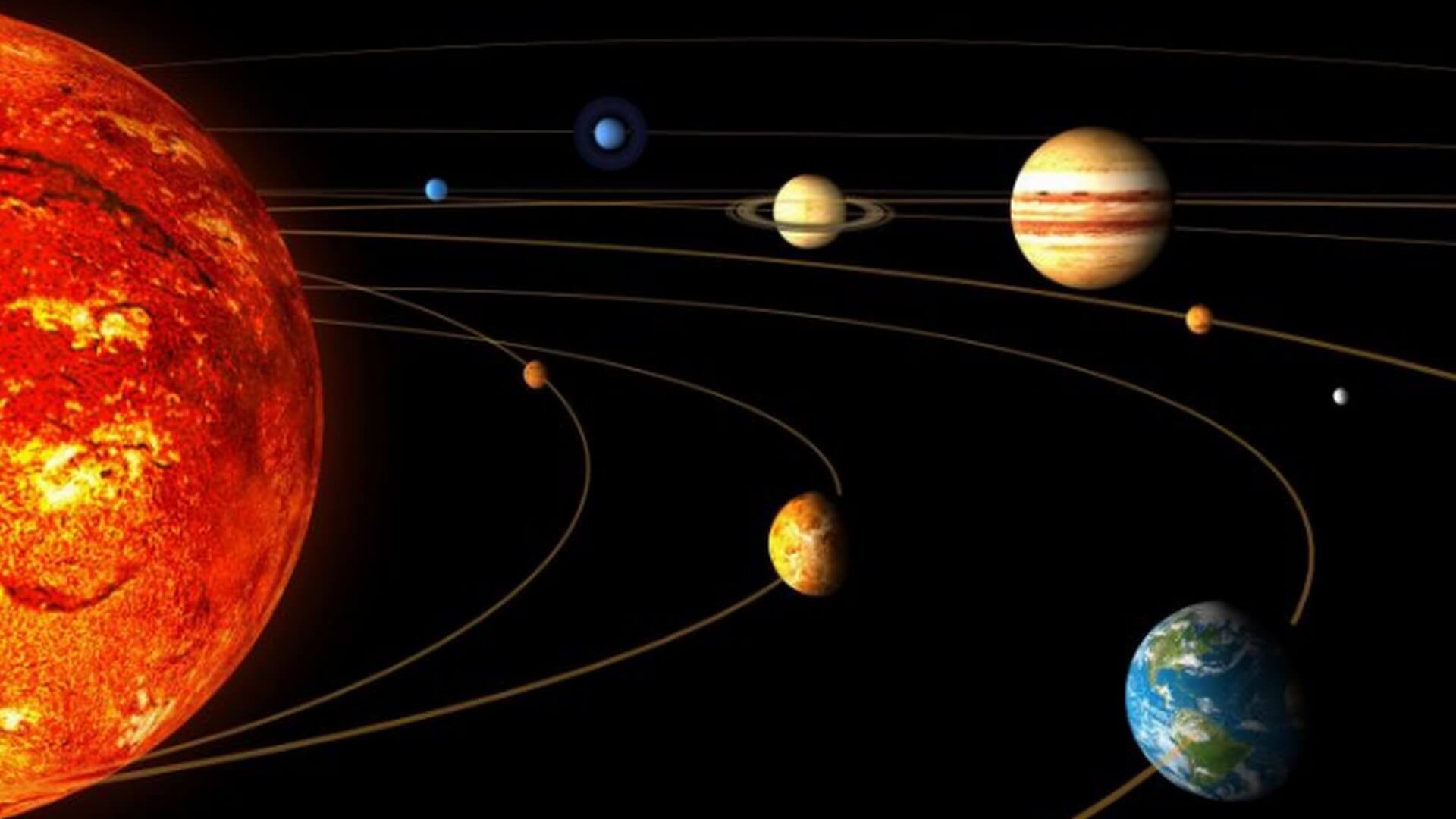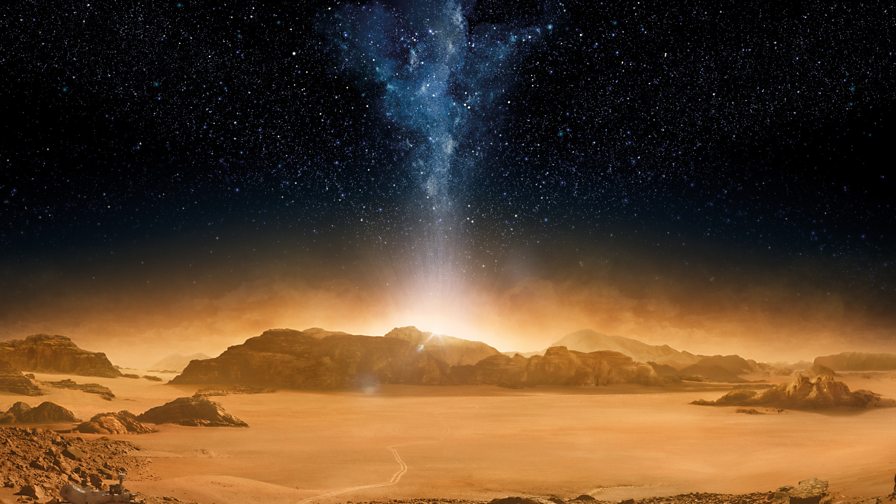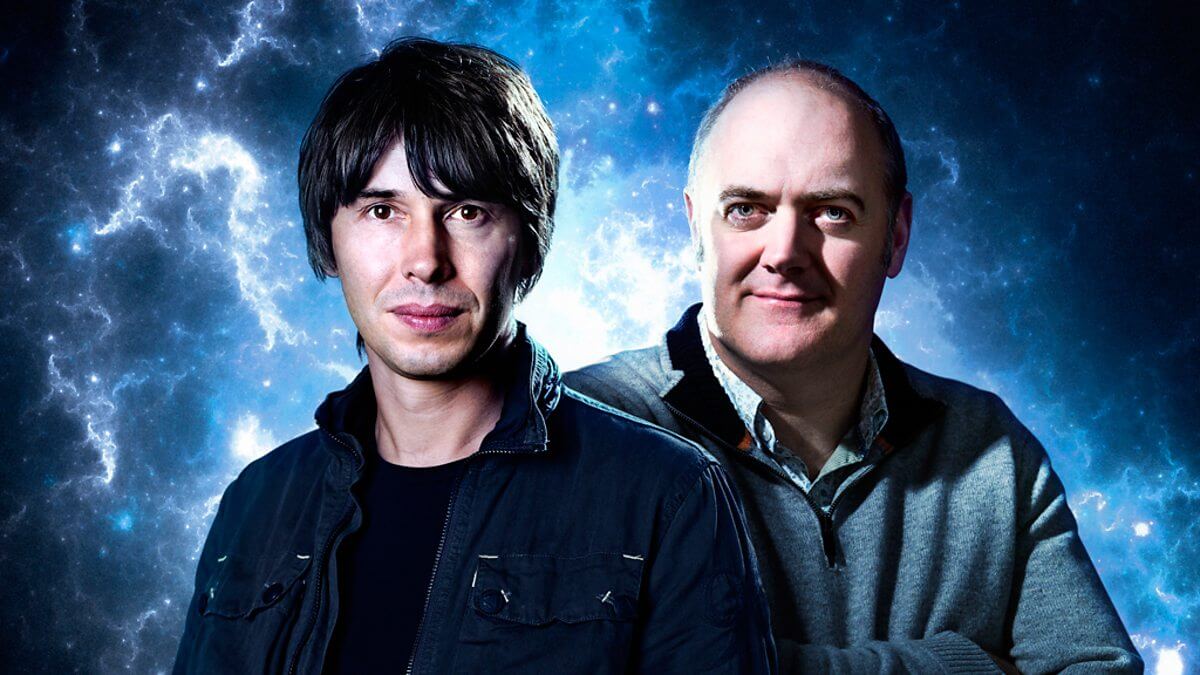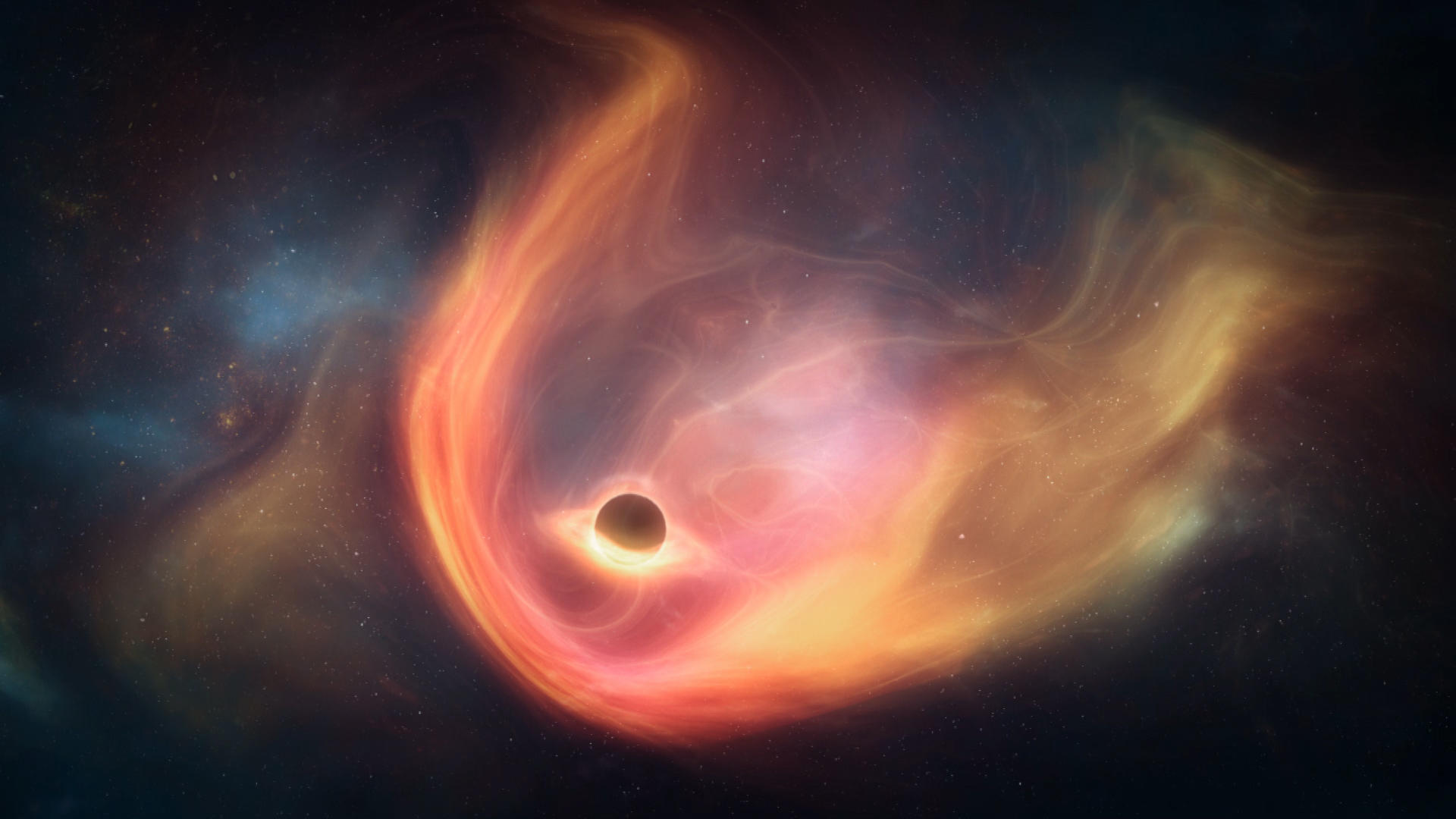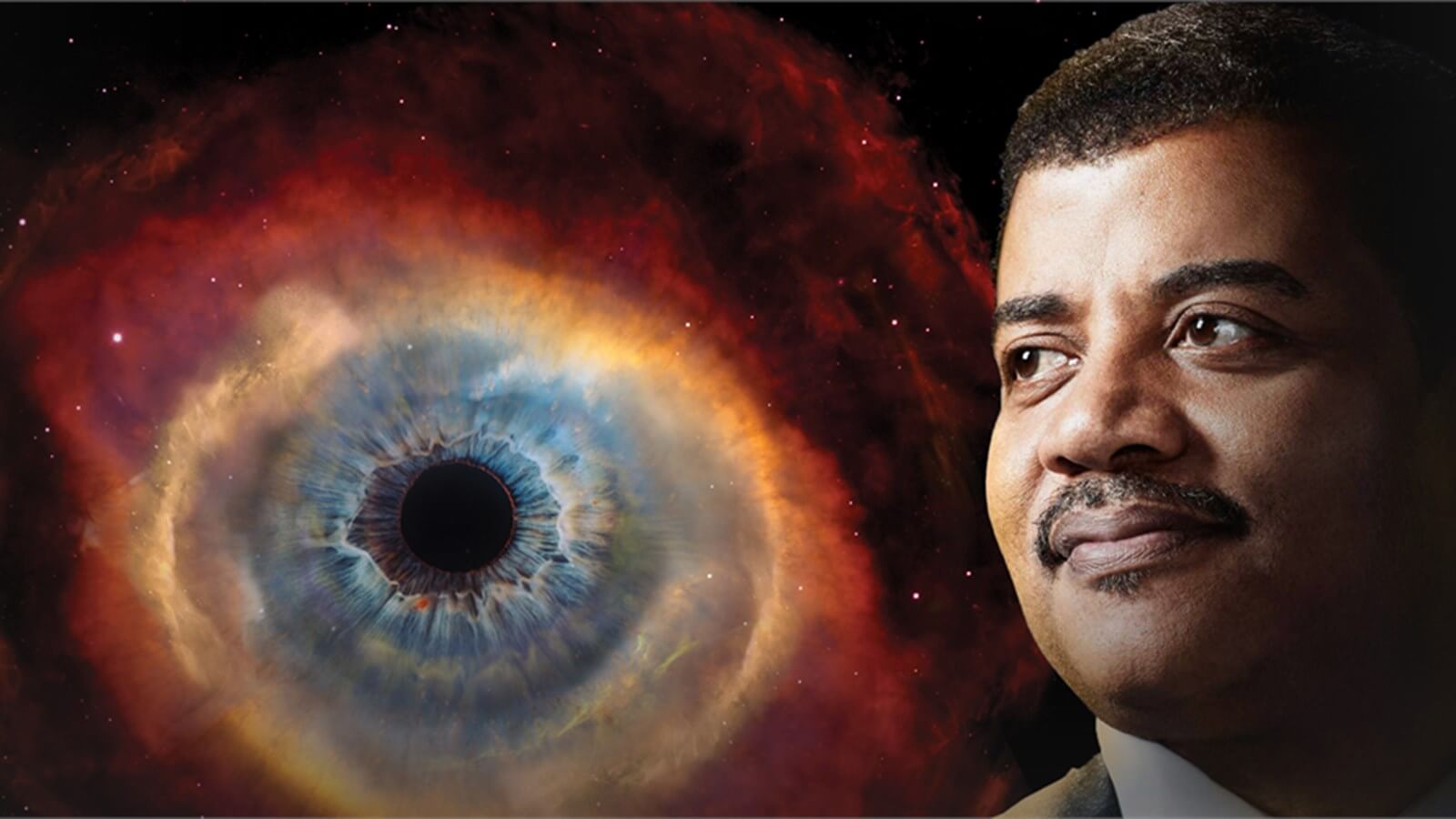description:
Planet Earth has been home to humankind for over 200,000 years, but with a population of 7.3 billion and counting and limited resources, this planet might not support us forever. Professor Stephen Hawking thinks the human species will have to populate a new planet within 100 years if it is to survive. With climate change, pollution, deforestation, pandemics and population growth, our own planet is becoming increasingly precarious.
In this landmark film, Professor Hawking, engineer and radio astronomy expert Professor Danielle George and Christophe Galfard, former student of Professor Hawking, join forces to find out if, and how, humans can reach for the stars and relocate to different planets. Travelling the globe, they meet top scientists, technologists and engineers who are working to answer our biggest questions. Is there another planet out there that we could call home? How will we travel across the vast distances of space to get there? How will we survive the journey? And how will we set up a new human civilisation on an alien world?
Christophe and Danielle journey to the heart of the Atacama Desert, visiting the aptly named ‘Very Large Telescope’, where they meet the astronomers who are discovering new planets outside our solar system every single day. But are any of them suitable for human life? Travelling deeper into the Atacama, microbiologist Maria Farias introduces Christophe to a strange life form could help us make an unlimited supply of oxygen on another planet.
In Houston, Texas, engineer and ex-astronaut Franklin Chang Diaz shows Danielle the plasma powered rocket engine that could revolutionise space travel, taking humans into space faster than ever before. On the arctic island of Svalbard, Christophe witnesses the stunning Northern Lights. This mystical phenomenon is a glorious by-product of Earth’s protective magnetic field, deflecting dangerous radiation. In space, we can’t take this protective field with us, but in the Netherlands, Christophe meets anaesthesiologist Dr Rob Henning, who believes hibernating bears may hold the key to protecting the human body from the hazards of space. Muscle wastage is another problem for potential planetary pioneers. Without gravity, space travellers lose muscle and bone strength at an alarming rate. However, the European Space Agency may have the answer – artificial gravity. Christophe takes a spin on a human centrifuge that could help keep us healthy on our journey to distant planets.
In Arizona, Danielle explores the giant greenhouses of Biosphere 2, where scientist Gene Giacomelli is working on ways to sustain human life on a planet with no atmosphere, growing plants for not just for food but also oxygen. His lunar greenhouse could provide enough oxygen for a single astronaut to survive on a planet with no atmosphere. And finally, at Kennedy Space Centre she meets fellow engineer Robert Mueller, who showcases NASA’s own ‘robot army’, under development as a means of mining the natural resources and building the infrastructure we need on another planet before humans even get there.
Taking in the latest advances in astronomy, biology and rocket technology. From the Atacama Desert to the wilds of the Arctic, from plasma rockets to human hibernation. We discover a whole world of cutting-edge research. This journey shows that Professor Hawking’s ambition isn’t as fantastical as it sounds – that science fact is closer to science fiction than we ever thought. As Professor Hawking states, ‘We can, and must, use our curiosity and intelligence to look to the stars.’. –

